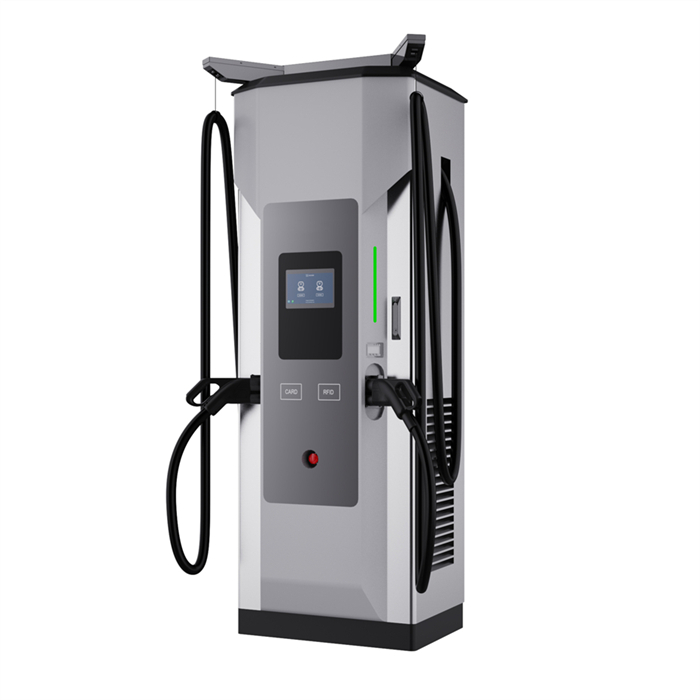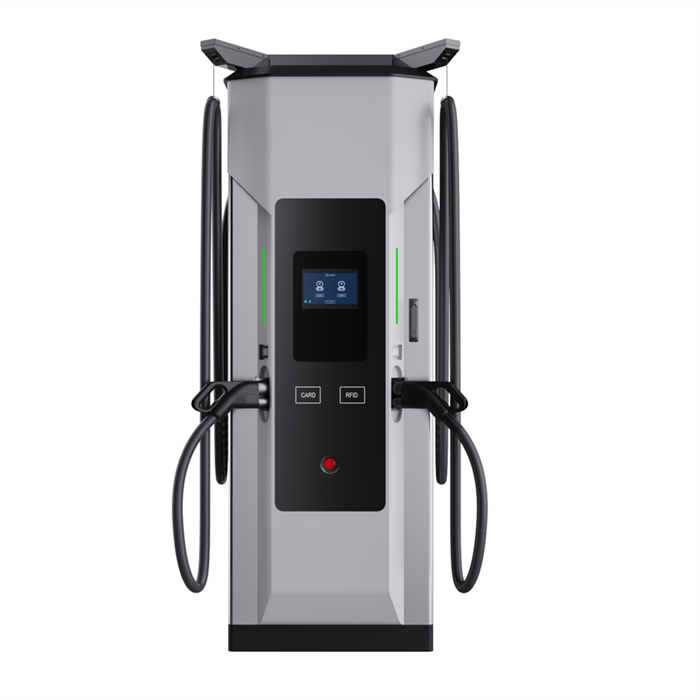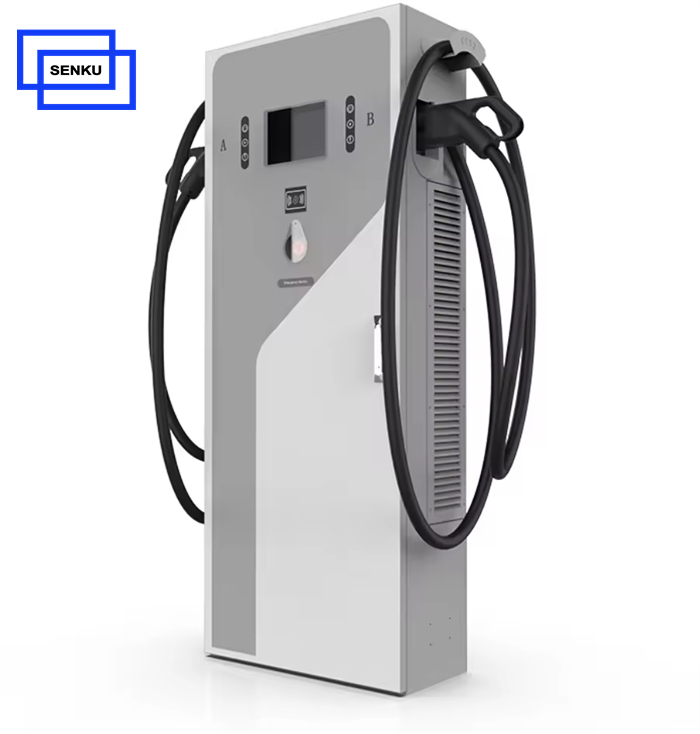
- Mode2 Portable AC Charger
- Mode3 Ev Charging Cable
- Home AC Charger
- Commercial AC Charger
- Home DC Fast Charging Station
- Commercial DC Fast Charging Stat
- V2X Charger
- EV Charging Station Power Module
- Ev Charging Plugs
- Ev Charging Socket
- EV Charging Accessories
- On Borad Charger
Latest news
- Nissan Unveils Bidirectional Onboard C
- Milence Launches First Charging Hub in
- Norway Likely Delaying Electric Van De
- India Unveils Five-Year Plan to Introd
- Hyundai Collaborates with Canadian Bat
- LG Energy Solution to Provide Batterie
Contact us
- ADD: 4-9-4 Jinkai International No. 1230 Jinkai RD, North of Chongqing China, 401122
- TEL: 0086-23-63425659
- FAX: 0086-23-63013491
- E-mail: bake@senkumachinery.com



180KW CCS2 Electric Vehicle Charging Station
- Input Voltage: 400V AC±15%,3phase+N+PE
- Rated output voltage(V): 150-1000V DC
- Output Power: 180KW
- Output Current(A): 0~200A or 0-250A
- Product description: The electric vehicle charging station offers a versatile and open charging solution, capable of functioning independently or as part of a centralized EV charging network using the OCPP system. It deli
Product introduction
180KW CCS2 Dual Connectors Rapid Electric Vehicle Charging Station
The electric vehicle charging station offers a versatile and open charging solution, capable of functioning independently or as part of a centralized EV charging network using the OCPP system. It delivers up to 180KW of DC fast charging, allowing a battery pack's state of charge (SOC) to rise from 20% to 80% in just 20-30 minutes. Additionally, it provides customizable options such as different patterns or colors for the exterior, as well as tailored display software content or logos.



Operation Notification for DC Charging Stations
DC electric vehicle charging station are designed to provide fast and efficient charging for electric vehicles (EVs), but to maintain safety and effectiveness, users need to be aware of the following important points:
Before starting the charging process, make sure the charging connector is properly and securely connected to the vehicle’s charging port. An improper connection can lead to inefficient charging or even pose safety risks. Always listen for a click or check that the connector is firmly in place.
DC charging stations support different charging standards (e.g., CCS, CHAdeMO). Ensure that the charging plug you are using is compatible with your EV. Using the incorrect plug could result in charging errors or damage to the vehicle.
3. Monitor the Charging Process
While the charging process is usually automated, it’s important to occasionally monitor the station’s display for any error messages or warnings. These might indicate issues such as charging interruptions or faults in the connection that need immediate attention.
DC charging stations are often installed outdoors and designed to withstand harsh conditions. However, users should still avoid using the station during extreme weather events, such as thunderstorms, to minimize the risk of electrical hazards.
Once your vehicle reaches the desired charge level, disconnect the charging station promptly. Prolonged charging, especially after the battery is fully charged, can lead to unnecessary wear on the battery and the charging station.
The charging cable is a crucial component of the charging station. After use, always place the cable back in its designated holder or compartment to prevent damage. Do not leave the cable on the ground where it could be run over or exposed to water.
When charging is complete, first stop the charging session using the station’s interface or app before disconnecting the cable from your vehicle. Abruptly pulling the connector without stopping the session can cause damage to the connector or the vehicle’s charging port.
If you notice any irregularities such as unusual sounds, overheating, or error messages, stop using the charging station immediately and report the issue to the station operator or service provider. Prompt reporting ensures the safety of other users and prevents potential damage to the equipment.
Ensure that the area around the charging station remains clear of any obstructions. This not only helps in easy access for you and other users but also reduces the risk of tripping hazards or damage to the station’s equipment.
Tags: electric vehicle charging station, manufacturers, factories






 Senku ,Bake
Senku ,Bake Senku
Senku